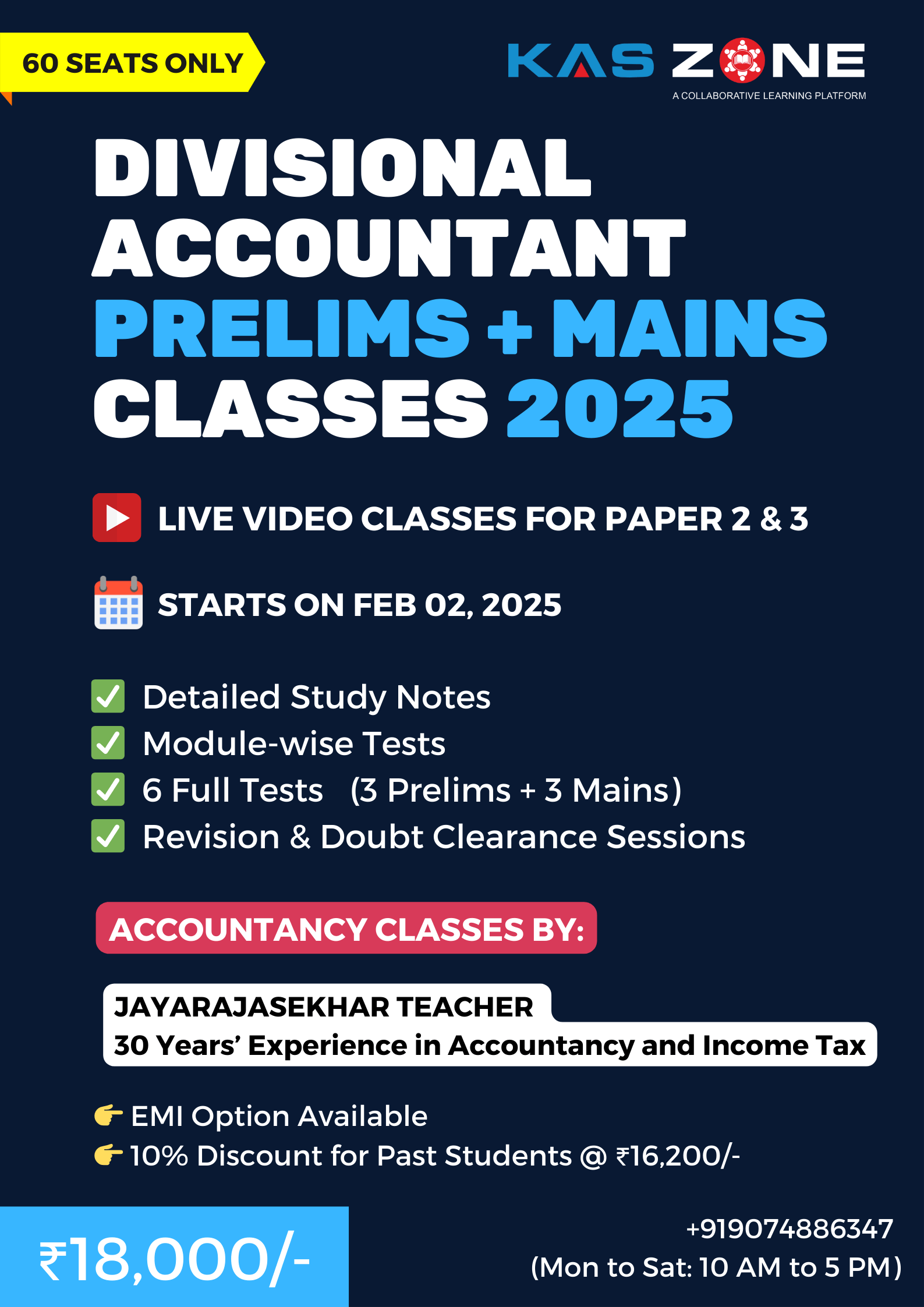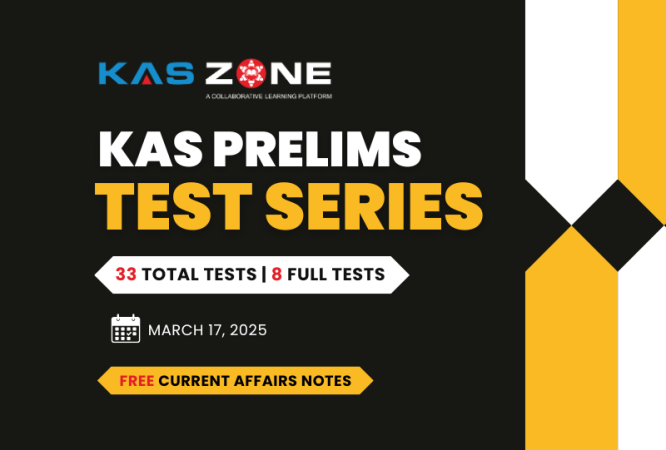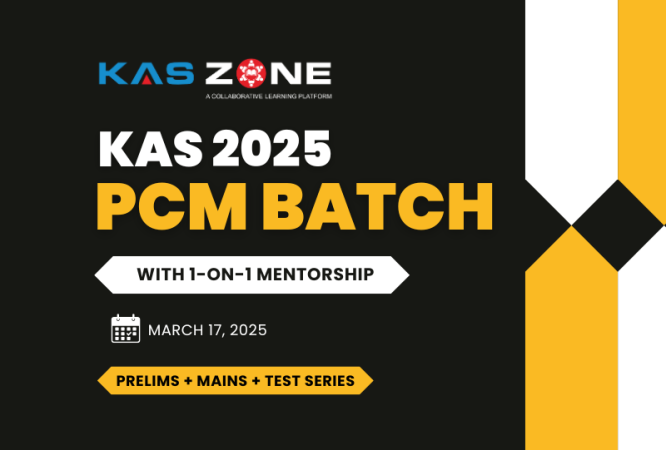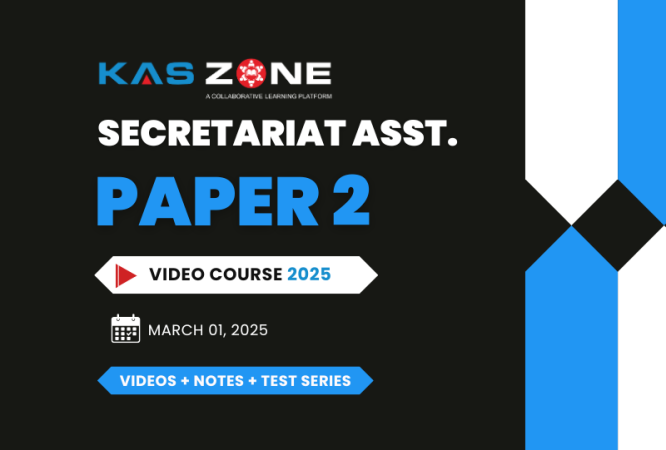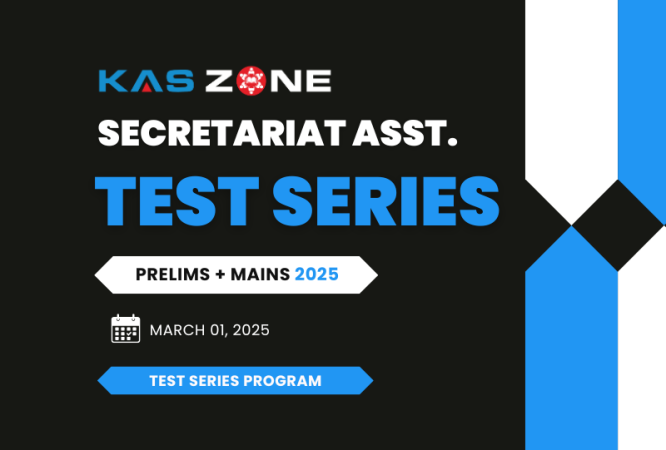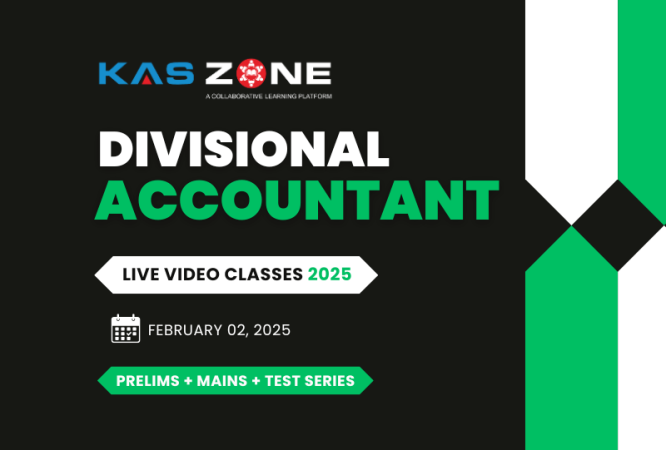Prepare effectively for the upcoming Kerala PSC Divisional Accountant Preliminary Exam 2025 with the latest detailed syllabus. This exam, crucial for aspirants aiming for the prestigious Divisional Accountant post, tests your proficiency across multiple subjects. Here’s a breakdown of the syllabus:
Divisional Accountant Preliminary Syllabus Overview
- Total Marks: 100
- Subjects Covered:
- General Knowledge and General English – 30 Marks
- Elementary Bookkeeping – 30 Marks
- Arithmetic and Mensuration – 40 Marks
DETAILED SYLLABUS FOR THE PRELIMINARY EXAMINATION OF DIVISIONAL ACCOUNTANT – 2025
| Part | Subject | Maximum Marks |
| 1 | General Knowledge and General English | 30 |
| 2 | Elementary Book Keeping | 30 |
| 3 | Arithmetic Mensuration (Elementary but Practical) | 40 |
DIVISIONAL ACCOUNTANT PRELIMINARY EXAMINATION – 2025
(TOTAL MARKS – 100
PART – I -A – GENERAL KNOWLEDGE – 15 MARKS
HISTORY (2 Marks)
- KERALA – Arrival of Europeans-Contributions of Europeans- History of Travancore from Marthanda Varma to Sree Chithirathirunnal- Social and Religious Reform movement- National movement in Kerala- Literary Sources of Kerala History- United Keala Movement- Political and Social History of Kerala after 1956.
- INDIA – Medieval India – Political History-Administrative reforms- Contributions – Establishment of the British- First War of Independence – Formation of INC- Swadeshi Movement- Social Reform movement- Newspapers – Literature and Art during the freedom struggle –Independent Movement & MahathmaGandhi- Extremist Movement in India – India’s independent- Post independent period-State reorganization – Development in Science, Education, and Technology – Foreign policy- Political History after 1951.
- WORLD – Great revolution in England- American War of Independence – French revolution- Russian Revolution – Chinese revolution- Political History after second World war- UNO and other International Organization
GEOGRAPHY (2 Marks)
- Basics of Geography – Earth Structure – Atmosphere –Rocks – Landforms- Pressure Belt and Winds- Temperature and Seasons- Global Issues- Global warming- various forms of Pollutions – Maps- Topographic Maps and Signs – Remote Sensing – Geographic Information System-Oceans and its various movements – Continents – World Nations and its specific features.
- INDIA – Physiography- States and Its features- Northern Mountain Region – Rivers- Northern Great Plain – Peninsular Plateau- Costal Plain – Climate – Natural Vegetation- Agriculture – Minerals and Industries- Energy Sources- Transport system – Road- Water- Railway- Air.
- Kerala- – Physiography- Districts and Its features- Rivers- Climate – Natural Vegetation- Wild life- Agriculture and research centers – Minerals and Industries- Energy Sources- Transport system – Road- Water- Railway- Air.
ECONOMICS (2 Marks)
National Income – Per Capita Income – Factors of Production- Economic Sectors of Production – Indian Economic Planning- Five Year Plans- NITI Aayog – Types and Functions of Economic Institutions – Reserve Bank & Functions – Public revenue – Tax and Non Tax revenue – Public Expenditure – Budget – Fiscal Policy – Consumer Protection & Rights
CIVICS (2 Marks)
Public Administration – Bureaucracy –Features and Function – Indian Civil Service – State Civil Service – E_Governance – Information Commission and Right to information Act – Lokpal & Lokayuktha – Government – Executive,
Judiciary, Legislature. Election – Political Parties. Human Rights – Human Rights Organizations. Act and Rules regarding Consumer Protection, Watershed Management – Labour and Employment, National Rural Employment Policies, Land Reforms, Protection of women, Children, and Old age People, Social Welfare, Social Security. Socio-Economic Statistical Data.
INDIAN CONSTITUTION (2 Marks)
Constituent Assembly – Preamble – Fundamental Rights – Directive principles – Fundamental Duties – Citizenship – Constitutional Amendments – Panchayath Raj – Constitutional Institutions and their Functions – Emergency- Union List- State List – Concurrent List
ARTS, SPORTS & LITERATURE (2 Marks)
Arts
- Important Audio Visual Art Forms of Kerala- Famous Places, Institutions,
Personalities, Artistes and Writers related to origin, development, extension, and practice of these Art Forms.
Sports
- 1. Famous Sports personalities of Kerala, India and World – their Sports Events, achievements and awards.
- 2. Important Awards – Corresponding Fields , Winners
- 3. Famous Trophies – Related Events and Sports Items.
- 4. Number of Players in Important Sports Items.
- 5. Important Terms associated with various Sports and Games.
- 6. Olympics – Basic Facts, Venues / Countries, Famous Performances and Personalities- India in Olympics-Winter Olympics & Para Olympics.
- 7. Asian Games, Afro-Asian Games, CommonWealth Games, SAF Games – Venues, Countries, Performance of India, other facts.
- 8. National Games.
- 9. Games – Events, Players, Achievements.
- 10. National Sports / Games , Events of various Countries
Literature
- Malayalam – Important Literary Movements – Icons and their first works.
- Main works of Literature related to each movement and their authors.
- Writers – Pen name and Nick name.
- Famous Works and Characters.
- Famous Quotes – Books and Authors.
- Beginning of Journalism in Kerala – Pioneers, Journals and Publications.
- Famous Awards/ Honours – Writers and their works.
- Malayalam Writers who won the Jnanpith Award and related facts.
- Malayalam Cinema – Origin, Development, Milestones, Pioneers, National Awards.
Culture
- Kerala – Important Celebrations -Places associated with such Celebrations,
Important Festivals.
- Kerala – Cultural Centres, Worship Places, Cultural Leaders and their Contributions.
BASICS OF COMPUTER (2 Marks)
- Hardware
- Input Devices (Names and uses)
- Output Devices (Names and uses/features)
- Memory devices – Primary and Secondary (Examples, Features)
- Software
- Classification – System software and Application software
- Operating System – Functions and examples
- Popular Application software packages – Word processors, Spreadsheets, Database packages, Presentation, Image editors (Uses, features and fundamental concepts of each)
- Basics of programming – Types of instructions (Input, Output, Store, Control transfer) (Languages need not be considered)
- Computer Networks
- Types of networks – LAN, WAN, MAN (Features and application area)
- Network Devices – Media, Switch, Hub, Router, Bridge, Gateway (Uses of each)
- Internet
- Services – WWW, E-mail, Search engines (Examples and purposes)
- Social Media (Examples and features)
- Web Designing – Browser, HTML (Basics only)
- Cyber Crimes and Cyber Laws
- Types of crimes (Awareness level)
- IT Act and Other laws (Awareness level)
SCIENCE AND TECHNOLOGY (1 Mark)
1. Science and Technology: Nature and scope of Science and Technology, Relevance of S&T, National policy on S&T and innovations, Basics of everyday science, Human body, Public Health and Community Medicine, Food and Nutrition, Health
Care. Institutes and Organization in India promoting integration of S&T and Innovation, their activities and contributions, Contribution of Prominent Indian Scientists.
- Technology in Space and Defence: Evolution of Indian Space Programme, ISRO – it’s activities and achievements, various Satellite Programmes – DRDO-vision, mission and activities.
- Energy requirement and efficiency: India’s existing energy needs and deficit, India’s energy resources and dependence, Renewable and Non-renewable energy resources, Energy Policy of India – Govt. Policies and Programmes, Energy Security and Nuclear Policy of India.
- Environmental Science : Issues and concerns related to environment, its legal aspects, policies and treaties for the protection of environment at the National and the International level, Environment protection for sustainable development.
Biodiversity – its importance and concerns, Climate change, International initiatives (Policies, Protocols) and India’s commitment, Western Ghats, Features, Characteristics and issues. Forest and wildlife – Legal framework for Forest and Wildlife Conservation in India. Environmental Hazards, Pollution, Carbon Emission, Global Warming.
Developments in Biotechnology, Green Technology and Nanotechnology.
Part I – B – English Language – 15 MARKS
| Subdivisions | ||||||
| Noun | Singular / plural Nouns | Count/Un- count Nouns | Abstract Nouns | Possessive Pronouns | Spelling | 3 MARKS |
| Tense | Present Simple | Present Perfect | Simple Past | Past Perfect | Irregular Verbs | 4 MARKS |
| Verb | Phrasal Verbs | Auxiliary / Modals | Adverbs | Active / Passive | Reported Speech | 4 MARKS |
| Other | Pronouns | Adjectives | Prepositions | Idioms and Phrases | Jumbled Sentence | 4 MARKS |
PART- II
Elementary Book Keeping – (30 MARKS)
| Topic | Division of Marks | |
| Module 1 | Book Keeping up to Trial Balance: Introduction to Accounting – Meaning and Definition – Need – Importance- Advantage – Book-keeping and Accountancy- Limitations of Accounting – Systems of Accounting – Basic Terms of Accounting – Journal and Subsidiary books – Posting in Ledger – Balancing of Accounts -Preparation of Trial Balance – Rectification of Errors. | 3 Marks |
| Module 2 | Trading and Profit & Loss Accounts and Balance sheet: Trading Account – Meaning and Definition – Purpose- Profit and Loss Account – Meaning and Definition – Purpose – Difference between Trading Account and Profit and Loss Account – Balance sheet – Adjusting Entries – Opening Entries – Closing Entries. | 3 Marks |
| Module 3 | Depreciation, Sinking Fund, Reserves, Reserve Funds, Secret Reserve: Depreciation – Meaning and Definition – Causes – Methods of Depreciation – Reserves – Meaning- General Reserve and Specific Reserve- Reserve Fund – Reserve Fund Vs Sinking Fund- Secret Reserve – Advantage – Disadvantages. | 3 Marks |
| Module 4 | Bill of Exchange, Promissory Notes, Cheques: Meaning – Definition – Kinds of Bill – Parties to a Bill – Maturity of Bill – Times of Acceptance – Negotiation of Bill – Endorsement – Kinds of Endorsement – Dishonour of Bill – Noting – Promissory Note – Meaning – Definition – Parties – Cheque – Meaning and Definition – Parties – Kinds of Cheque – Crossing of Cheque – Types of Crossing. | 3 Marks |
| Module 5 | Portions relating to Voyage Account: Voyage Account – Important Terms – Freight – Primage – Passage Money – Address Commission – Port Charges – Bunker Cost – Stevedoring Charges – Voyage in Progress (Incomplete Voyage) | 3 Marks |
| Module 6 | Self-Balancing Ledgers: Meaning and Definition – Objects of Self-Balancing Ledgers – Working of the System – Control Accounts. | 3 Marks |
| Module 7 | Capital and Revenue, Revenue Account, Receipts and Payments Accounts, Income and Expenditure Account: Capital Receipt – Revenue Receipt– Capital expenditure – Revenue expenditure – Deferred Revenue expenditure – Receipt and Payment Account – Income and Expenditure Account – Differentiate between Income and Expenditure Account and Receipt and Payment Account. | 3 Marks |
| Module 8 | Manufacturing and Working Accounts and Cost Book Mining Company: Manufacturing Account – Meaning and Definition – Prime Cost – Cost of Production – Working Accounts – Meaning – Preparation – Cost Book Mining Company – Its Preparation. | 3 Marks |
| Module 9 | Cost Accounts: Classes of Cost Accounts – Objects of Cost Accounts – Labour in Costing System – Methods of Payment of Wages – Materials in Costing System – Overhead – Allocation, Apportionment and Re-apportionment of Overhead – Reconciliation with Final Accounts – Job Costing – Process Costing – Batch Costing – Contract Costing. | 3 Marks |
| Module 10 | Double Account System: Double Account System – Meaning and Definition – Features of Double Account System – Difference between Single Account System and Double Account System – Final Accounts of Double Account System – Clear Profit – Reasonable Return – Disposal of Surplus – Advantages and Disadvantages of Double Account System. | 3 Marks |
| Total | 30 Marks | |
PART – III
Arithmetic and Mensuration –(40 MARKS)
Module 1: Number system: Factors and multiples, cyclicity, divisibility, remainders, prime and composite numbers. Real Numbers- rational numbers, irrationality and decimal representations, Division algorithm, Fundamental theorem of arithmetic
Module 2: Polynomials: Degree, Classification, Remainder theorem, Factor theorem, division algorithm for polynomials, zeros and coefficients of polynomial
Module 3: Quadratic Equations: Roots, Methods for finding roots (Factorization, completing squares, quadratic formula), Nature of roots, relation between roots an coefficients
Module 4: System of linear equations in two variables: Methods (Graphical, substitution, elimination, cross multiplication), conditions for solvability
Module 5: Squares and square roots, Cubes and cube roots: Methods for finding square roots and cube roots
Module 6: Arithmetic Progression: Basic concepts, General term, sum of arithmetic progression
Module 7: Profit, Loss and discount: Problems related to profit, loss and discount Module 8: Ratios and Proportions: Problems related to ratios and proportion Module 9: Percentage: Important concepts, successive changes in percentage
Module 10: Simple and Compound Interest: Problems related to simple and compound interest
Module 11: Statistics: Definitions, Frequency distribution, cumulative frequency distribution, graphical representation (bar graph, histogram, and frequency polygon), arithmetic mean
Module 12: Mathematics in Commerce: Shares, Trading in shares, dividends, debentures, banking, accounts-saving, current, recurring, fixed, sales tax, and value added tax
Module 13: Circles: Secant and tangent, area of segment, angles in alternate segments, cyclic quadrilaterals, area of sector, applications of area related to circle, circumference
Module 14: Triangles and Quadrilateral: Types of triangles and quadrilaterals, properties, midpoint theorem, area, perimeter, Pythagoras theorem, angles
Module 15: Solids: Surface area and volume of solids
Module 16: Similar and Congruence triangles: Problems related to similarity and congruence
Module 17: Trigonometry: Angle of elevation and depression, Problems on height and distance, Trigonometric ratios, Trigonometric identities
Module 18: Coordinate Geometry: Distance between two points, internal and external division, centroid, in-center, straight lines- various forms
Module 19: Time, Speed, Distance and Work: Problems related to time speed distance and work.
Module 20: Sets: Description of sets, Types of sets, Venn diagram, operation on set
NOTE: – It may be noted that apart from the topics detailed above, questions from other topics prescribed for the educational qualification of the post may also appear in the question paper. There is no undertaking that all the topics above may be covered in the question paper.
********
Source: Kerala PSC Website

